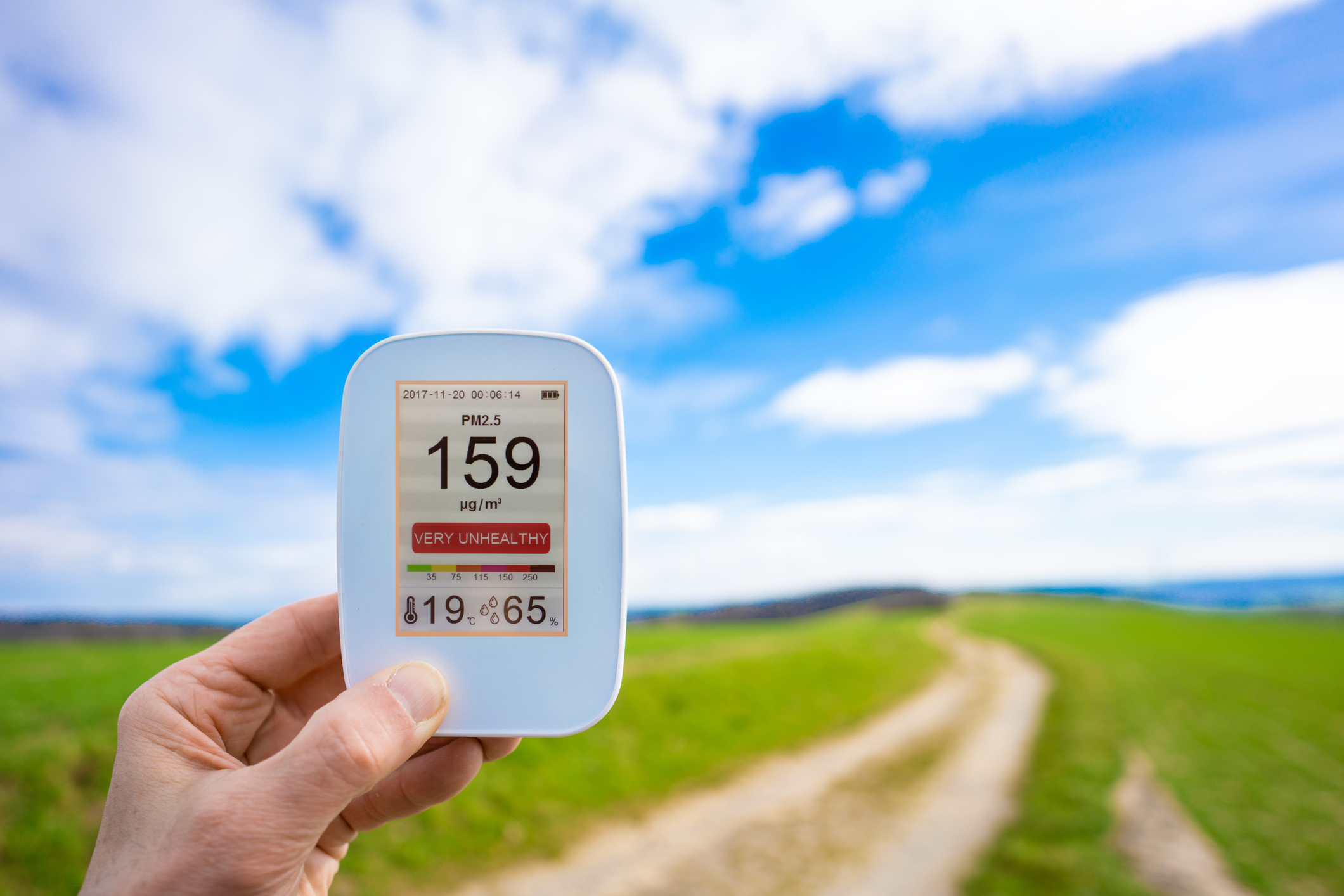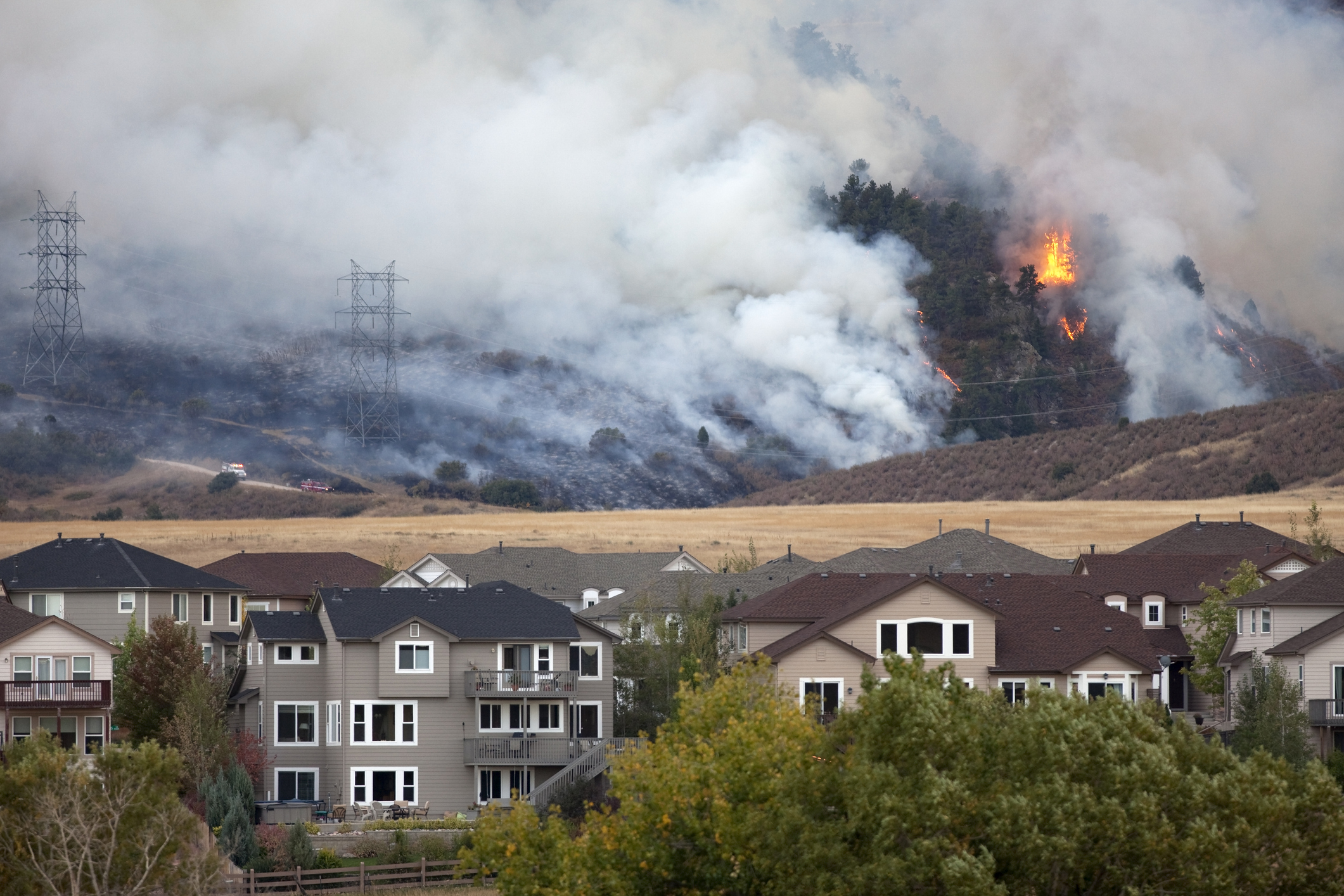We may earn revenue from the products available on this page and participate in affiliate programs. Learn More ›
Real estate and climate change now go hand-in-hand. As temperatures and sea levels continue to rise, many homes face some risk of natural disasters. In 2024 alone, almost 45 percent of homes in the United States confronted at least one type of severe or extreme climate risk from either flood, wind, wildfire, heat, or air quality, according to an analysis by Realtor.com. This is very different from buying a home 50 years ago.
As a result, real estate sites like Realtor.com, Redfin, and Zillow have started publishing various climate risk factors within home listings. “Incorporating climate risks into listings is becoming standard because people care about more than just how a house looks or feels; they want to know it’s a smart, safe investment,” says Ryan Fitzgerald, owner of Raleigh Realty in Cary, North Carolina. “It’s something Realtors pay attention to.”
Learn what climate risk factors are, where the data comes from, how the information is useful to homebuyers and sellers, and the pros and cons of including these factors on a real estate listing.

What are climate risk factors?
Each for-sale home listing now includes a section to highlight five climate risk categories, including the risk for flood, wildfire, high winds, extreme heat, and poor air quality. You can view how each of these risks might affect a home now and in the future. There is also a history of previous climate-related events near the property and an estimate of the likelihood that such an event could affect that home over the next 15 or 30 years. Using a number and color scale, the site displays the severity of each risk for the home.
“It’s changing the way people approach buying and selling because it’s no longer just about the house—it’s about how well it can stand up to what’s coming.”
Ryan Fitzgerald
Owner, Raleigh Realty
“The common risks included are flooding, wildfire potential, wind exposure, extreme heat, and air quality issues,” says Fitzgerald. “For example, a home near the coast might have a flood risk rating that shows how often it’s expected to flood now and in 30 years.”
- Heat risk: This indicates how many days a property experiences a heat index at or above the local definition of a hot day, what the high temperature in the hottest month actually feels like, and how the heat index is likely to change in the future. In 2024, about 32 percent of U.S. homes faced severe or extreme risk of heat exposure. The most vulnerable regions include Florida, Texas, South Carolina, Louisiana, and Virginia.
- Wind risk: Wind factor assesses the likelihood that a property will be exposed to wind gusts exceeding 50 miles per hour. In 2024, approximately 18 percent of homes faced severe or extreme risk of hurricane wind damage. Residences in Louisiana, South Carolina, Florida, and Texas are most vulnerable to severe or extreme winds.
- Air quality risk: This risk measures poor air quality days, defined as an Air Quality Index (AQI) above 100. In 2024, about 9 percent of homes experienced severe or extreme air quality risk. The highest risk zones include four metro areas in California and Washington.
- Flood risk: Floods are one of the most expensive and destructive natural disasters, with 90 percent of natural disasters in the country involving flooding. In 2024, nearly 7 percent of homes faced severe or extreme risk of flood damage. Miami, Florida, and New Orleans, Louisiana have the greatest flood risk.
- Wildfire risk: Fire is one of the most difficult risks to mitigate. In 2024, about 5.5 percent of homes dealt with severe or extreme risk of fire damage, and 39 percent of these high-risk homes are in California.

How Climate Risk Data is Collected
The climate risk data shared on home listings is provided by the nonprofit First Street, which specializes in climate risk modeling. “First Street uses a computer [model] to calculate a score on a 1 through 10 scale,” says Marty Zankich of the Chamberlin Real Estate School in San Jose, California. The risk level is based on the property’s location and vegetation, topography, and historical occurrences of floods or fires in that area.
First Street’s models were developed by leading scientists and vetted through a peer review process. In addition to the real estate industry, government offices, banks, and insurance companies use this data. First Street continuously updates the data to reflect the latest scientific research and modeling.
One example of the data provided is the Flood Factor, which stems from decades of research, to show the current and future flood risk from rain, streamflow, sea level rise, tides, and storm surge for every home. High risk is defined as a property having a Flood Factor of 5 (major) or greater.
How Homebuyers and Others Use Climate Risk Information
By referring to climate risks, buyers can better understand what they are getting into when buying a specific property. “Buyers are using this data to avoid surprises,” says Fitzgerald. “Nobody wants to buy a home and later find out their insurance premiums are sky high or repairs from a storm are inevitable.” It can also help them understand potential heating and cooling costs and other investments needed to protect their home from natural disasters.
According to Zillow, more than 80 percent of homebuyers now consider climate risks when looking for a new home. “Before this climate information was included in listings, it predominantly was the responsibility of the buyer’s agent to properly inform their buyer,” says Zankich.
Sellers also use the data by making improvements to reduce risks, like adding storm shutters, choosing heat-resistant building materials, or upgrading drainage systems to make sure their properties are more appealing, says Fitzgerald. It helps them gauge if it’s the right time to sell their home or if they need to wait and work on some upgrades first. “It’s changing the way people approach buying and selling because it’s no longer just about the house—it’s about how well it can stand up to what’s coming.”

Pros and Cons of Publishing Climate Risk Data in Real Estate Listings
Being able to view climate risk factors while shopping for a new home is beneficial to homebuyers. Zankich says that before you purchase a home, it is important to have access to as much data as possible to make an informed decision.
However, there are some concerns with including information related to real estate and climate change. “The downside is that properties in high-risk areas can lose value fast,” warns Fitzgerald. “If a listing shows a high wildfire risk, for example, it might scare off buyers, even if the property itself hasn’t been affected.”
Insurance companies are watching, too, says Fitzgerald. “Premiums in these areas are climbing. It makes selling tougher, but it’s better than hiding the problem. Transparency builds trust, and that’s good for everyone in the long run,” he says.
While climate risk data isn’t perfect, it is definitely reshaping the market and is a step toward more informed decisions and facing fewer surprises down the road, says Fitzgerald.


